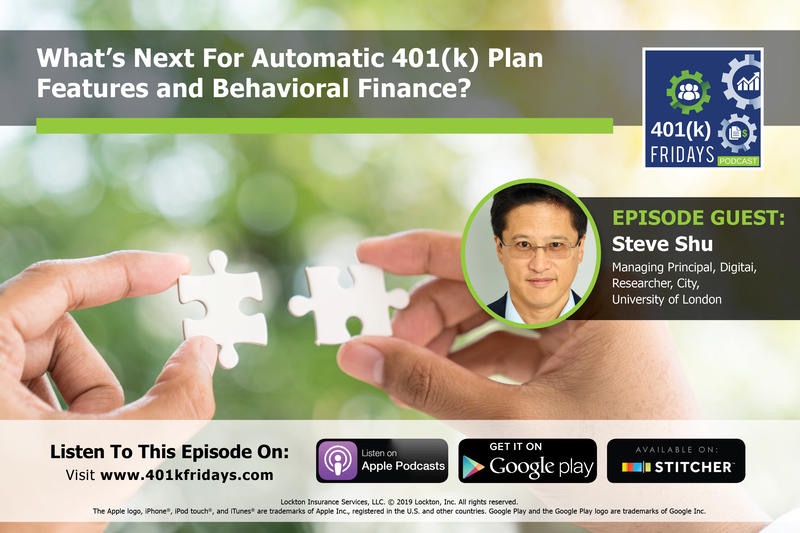Many consulting firms (especially management consulting firms) rely on prior consultants in terms of selling work. Why? Mostly it is because people are the product. In consulting sales, you are selling yourself and your team. More specifically, you are affirming the problem statement, the problem-solving approach, and your team’s experience with solving similar (or comparable) problems in comparable situations. It is hard for external, non-consultant salespeople to do this.
Suppose the problem statement is to develop a new product. People who have experience in the relevant consulting area will know how to refine unstructured problem statements like this, design an engagement to solve the problem, and get the right people staffed on the project. Hiring people from the outside to sell unstructured consulting work (say professional salespeople who do not have consulting experience) may not work very well, although success of this type of approach usually depends on the type of work. For example, some large professional services firms do have more dedicated business development people in cases when the realm of consulting is more focused (e.g., HR consulting, accounting) and solutions are more regular, common, or repeatable.
In summary, to sell many types of consulting services (not all), one often needs to know how to actually do consulting work. That tends to be the primary reason why consultants sell work and not salespeople brought in from the outside. A corollary to this is that partners in consulting firm will often have to do some minimum amount of consulting work and not just sell services; consultants need some continuing involvement with field work to stay fresh and be able to sell.




